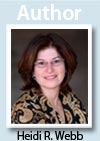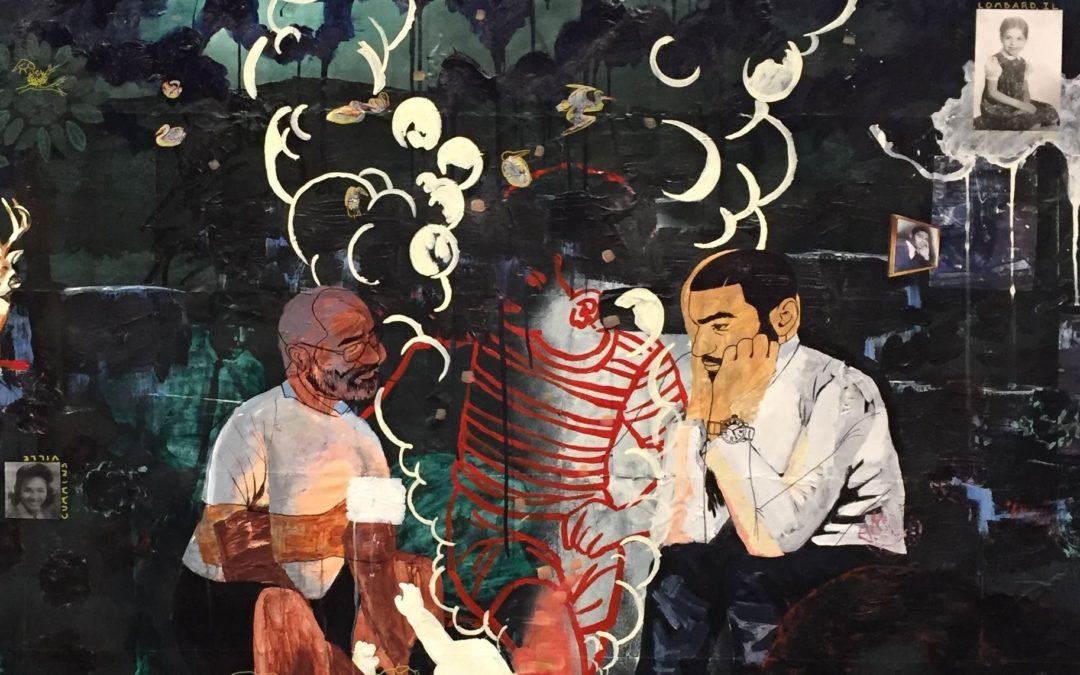What we see and what we don’t see informs how we understand the world, and consequently how we act and don’t act in it. Recently I heard three artists talk about how they made visible the concerns they had that are typically hidden from view; Stephen Tourlentes, who talked about prisons and mass incarcerations in the United States, Erin Johnson, who talked about her video work concerning the history, memory, and effects of nuclear arms production on the American psyche, and Jordan Seaberry who talked about African-American experiences and the legacies of their migration narrative. I found Jordan’s work extremely compelling as he deftly weaves his subjects between past and present, and real and imagined reference points. In the image I’ve copied above, Jordan depicted himself and his father conversing while the massive canvas upon which they sit is chock full of family photos, cultural references and imagined differing interpretations between the lived experiences of father and son. Jordan’s paintings create connections between ideas that aren’t usually displayed (visually or otherwise), and in doing so he alters traditionally fixed narratives (e.g. African-Americans left the south in search of jobs in the north, as opposed to African-Americans left the south because they felt unwelcome there).
The talks made me think about the barrage of images families and children see and don’t see in film, in social media, and otherwise, and how those images impact their self-esteem and their world views. How is divorce contextualized? How is it discussed? Is the spectrum of family restructuring and growth given adequate voice or not?
It seems to me that the initial rupture most often becomes the focal point, and not the often times transformative evolution that happens after the initial rift. I think it’s worth asking ourselves what the long-term impact is of prolonged focus on the initial discord.
Could changing the narrative, or at least providing space to expand the continuum of emotional growth give voice and clarity to a process that is not fixed at one point in time? From Dissolution to Evolution hopes to add a new lens to the discussion and bring conversations from the shadows into the light.


